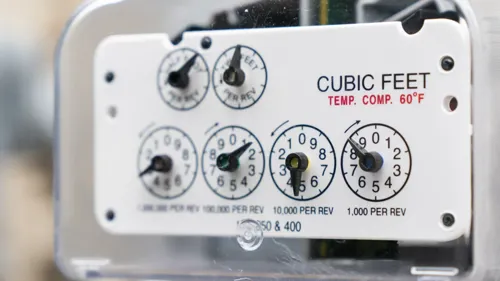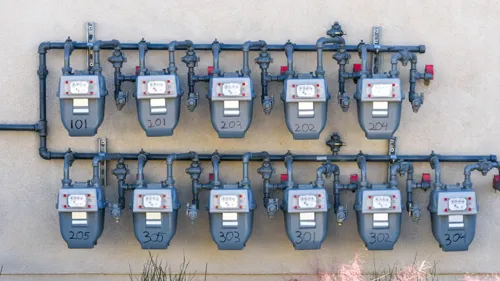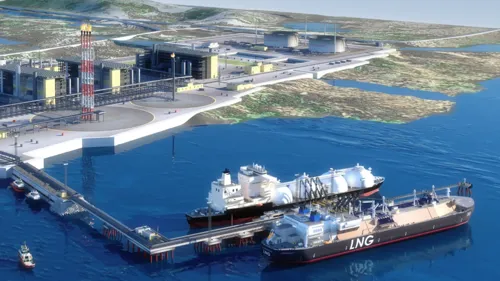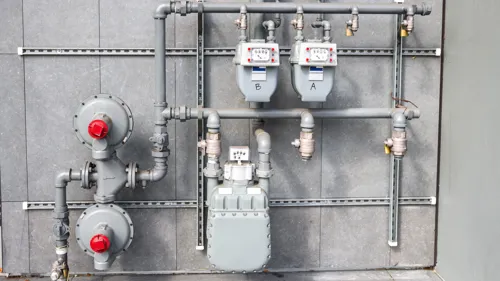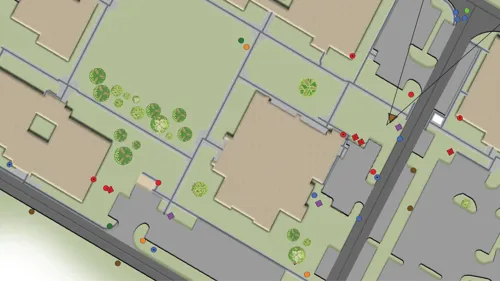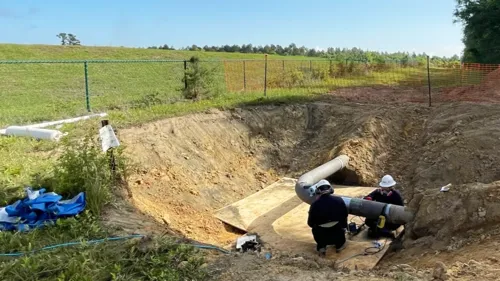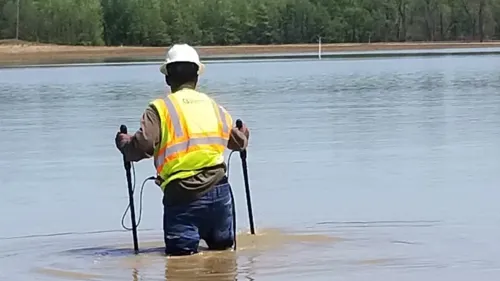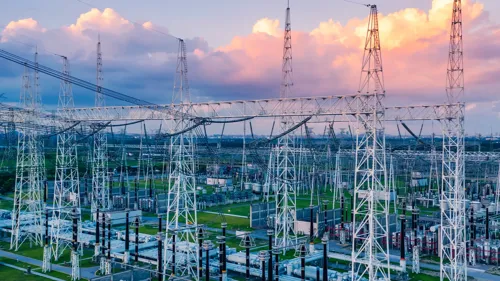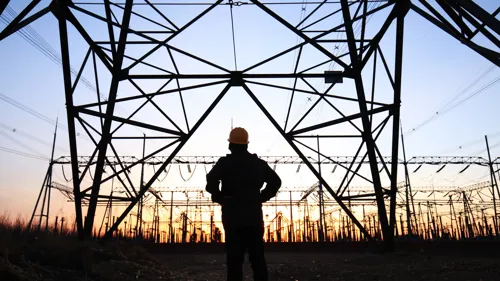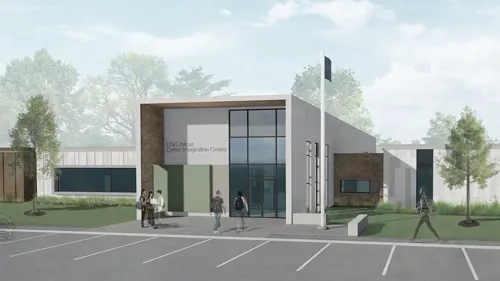The EV Landscape and How Pond Provides Comprehensive Solutions in Today’s Energy Economy
Author:
Delaney Akridge | Staff Writer | [email protected]
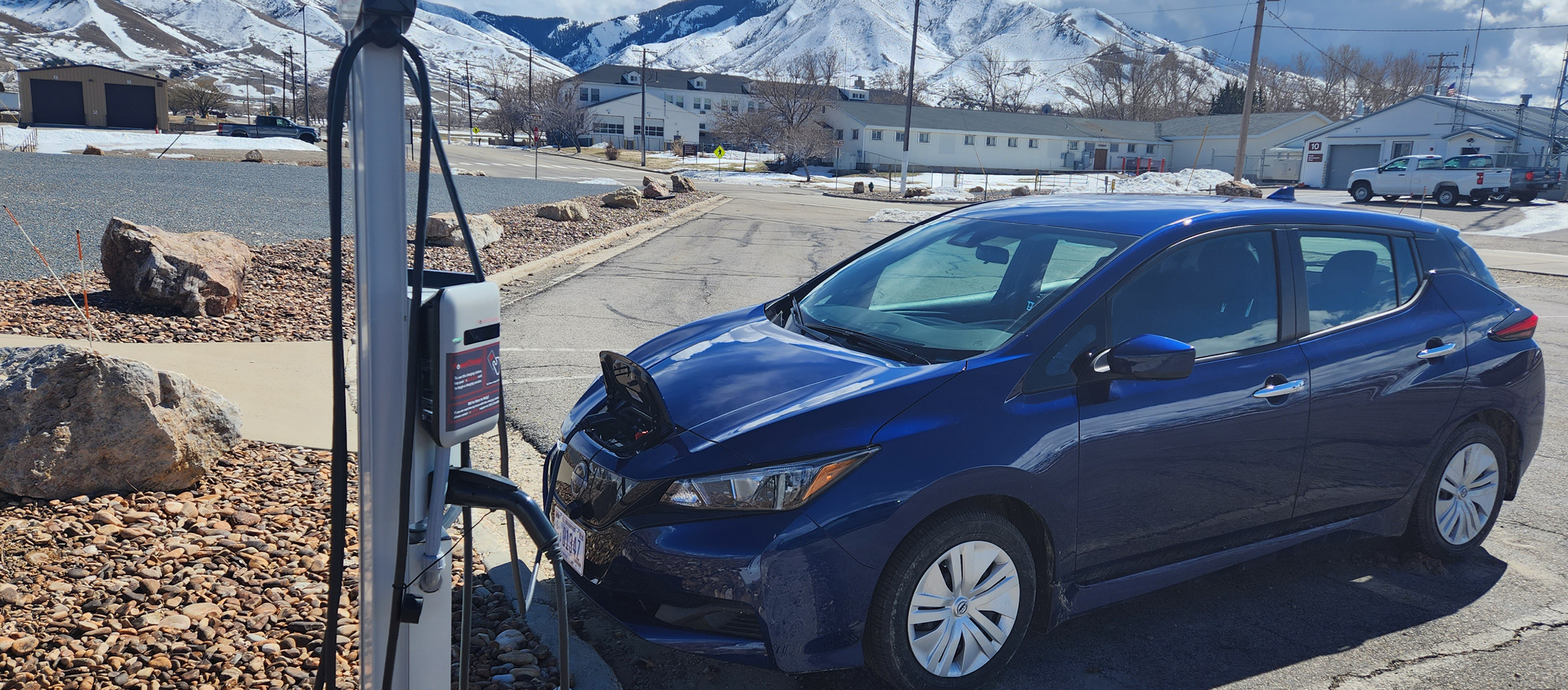
Introduction: Planning for the Future of Electric Vehicle Infrastructure
With electric vehicles (EVs) and hybrids surpassing 16% of total US light-duty vehicle sales in 2023, the future of a fully electric transportation landscape is quickly becoming a reality. Earlier this year, President Biden announced new actions to lower the cost of EVs and provide convenient, more reliable infrastructure to support the growing EV network. Through the Bipartisan Infrastructure Law’s NEVI (National Electric Vehicle Infrastructure), a $5 billion program administered by the Federal Highway Administration (FHWA) and supported by the Joint Office of Energy and Transportation, states can build out their EV charging capabilities through long-term strategic investments. Still, there are challenges beyond funding for agencies to consider, such as electrical grid capacity, EV range and battery technology, and the number of EVs outpacing the number of chargers. Federal, private, and public agencies and their stakeholders are looking to experts to steer them in the right direction.
Investing in Zero-emission Vehicle Implementation
To usher in the era of EVs, President Biden issued Executive Order 14057: Catalyzing Clean Energy Industries and Jobs Through Federal Sustainability. The order requires that each federal agency reach a 100% zero-emission vehicle fleet by 2027 for light-duty acquisitions and 2035 for medium- and heavy-duty acquisitions. This policy aligns with the president’s goal of leading the United States to a net zero-emissions economy by 2050.
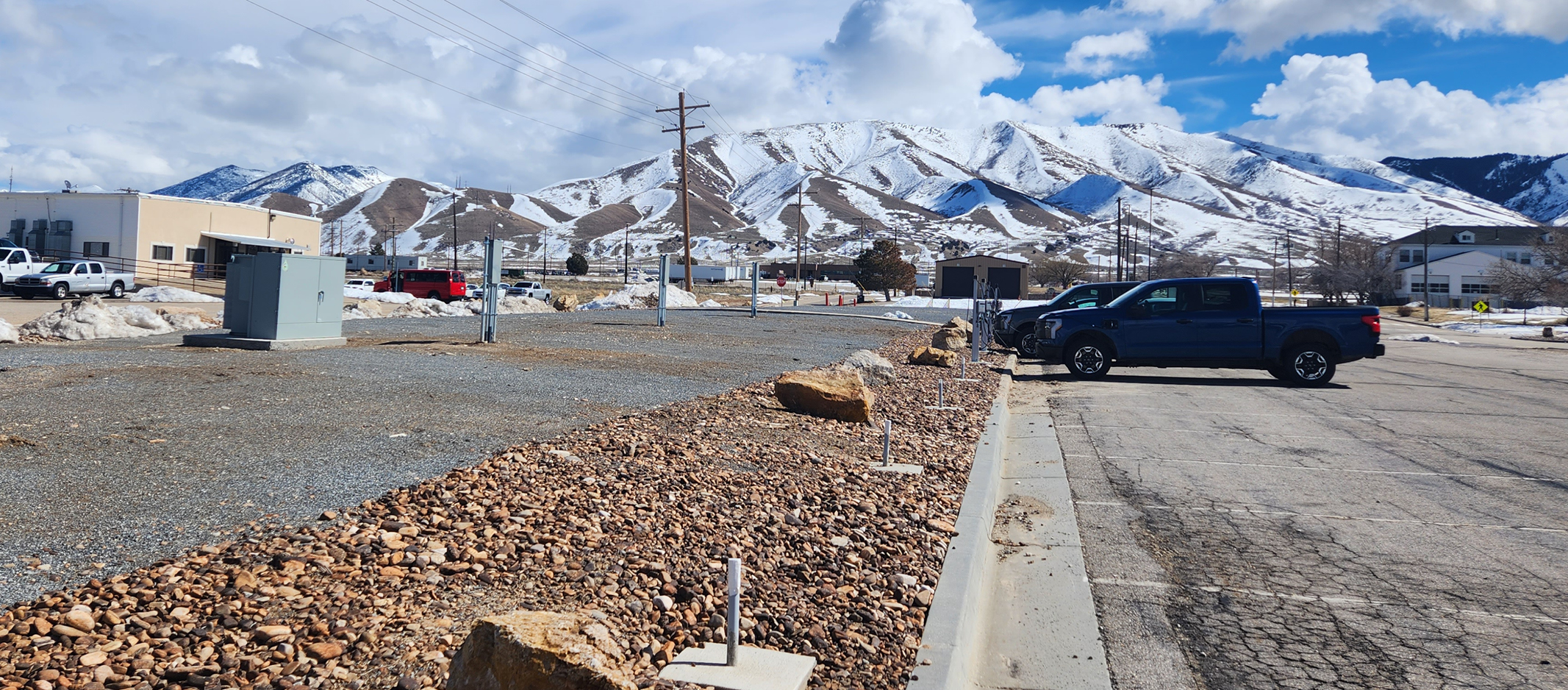
Where Pond is Driving Change
Pond is driving the transition to clean, zero-emission technologies through a coordinated initiative with the US Army Corps of Engineers for the US Army Materiel Command and US Army Installation Management Command. The Pond-Woolpert Joint Venture prepared EV charging facility master plans at 22 US Army installations and is responsible for capital investment strategy development for each of the commands— encompassing 75 installations. Adding to the focus on transforming federal fleets command-wide, these reports establish a unified plan for efficiently managing, acquiring, improving, and maintaining EV infrastructure. This is the first comprehensive, enterprise-wide initiative by a branch of the Department of Defense to plan for the electrification of its fleet.
This is the first comprehensive, enterprise-wide initiative by a branch of the Department of Defense to plan for the electrification of its fleet.
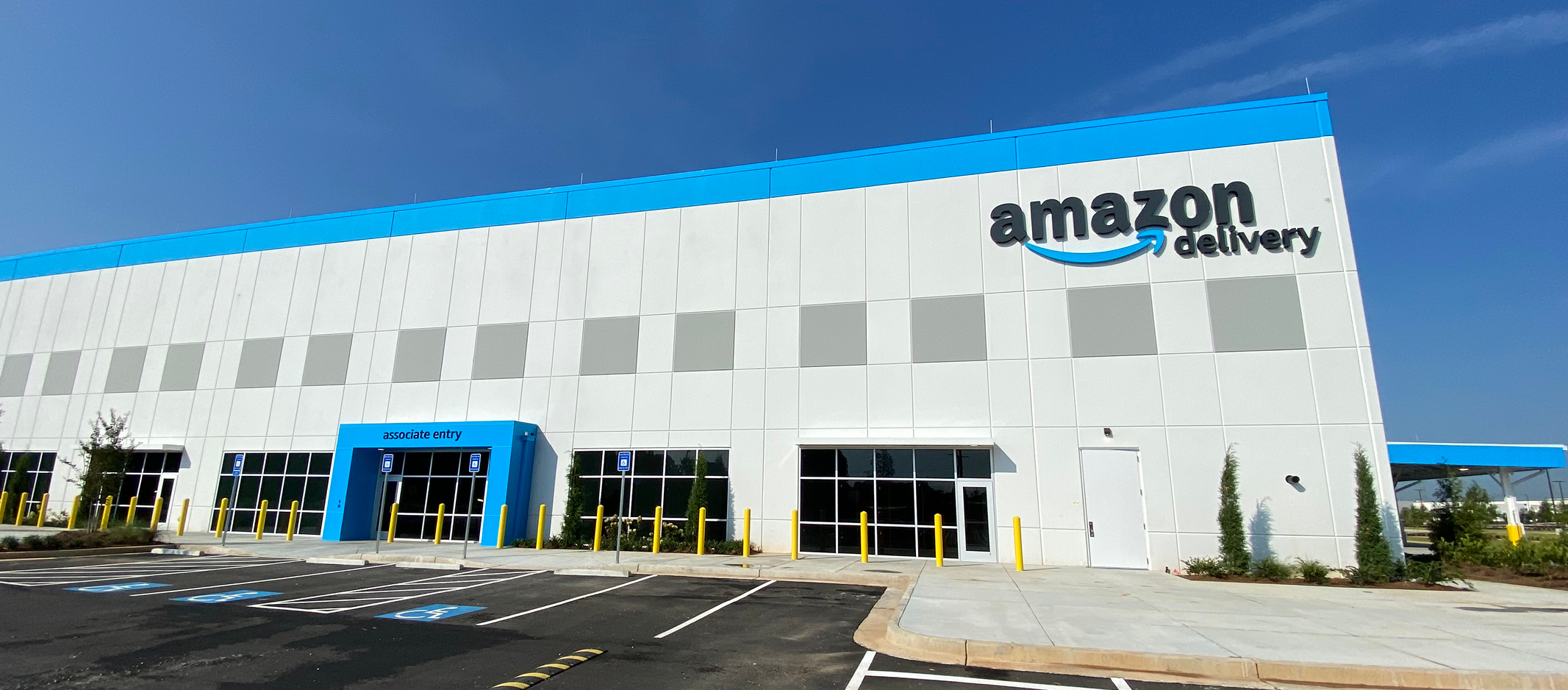
Corporations across all sectors are also focusing investment on cutting-edge, clean technology. Amazon is transitioning to scalable electric fleets that broaden the transportation industry’s shift to zero-emission standards. Pond recently designed a 222,000-square-foot distribution hub that can accommodate the EV charging needs of more than 750 electric vans. As a preferred vendor, Pond has worked on more than 70 Amazon projects providing sustainable EV charging and solar energy solutions.
Current EV Challenges
There are more EVs on the road than ever before. Experts anticipate that EVs will make up 10% of US motor vehicle sales in 2024, and many cities are now requiring that parking lots accommodate EV charging needs. Still, there are more challenges beyond the availability of EV infrastructure. Charging is not equal for EVs, vehicle ports and charging plugs have not yet become standardized, and batteries drain more quickly in places where the temperature drops below zero. The cost of charging is largely dependent on the cost of electricity and the rate or speed at which vehicles charge varies widely. These challenges are being addressed with several initiatives starting in 2024 between major North American automakers and stakeholders. The demand for EV chargers is growing rapidly, surpassing the available supply. This surge has led to shortages in supporting infrastructure such as transformers, resulting in lengthy wait times for equipment. To address this challenge effectively, it’s crucial to plan and anticipate the need for sufficient infrastructure to accommodate the increasing demand for EV charging.
How Pond Can Help
Pond’s experienced team of engineers and planners provides cutting-edge solutions tailored to address the evolving needs of utilities. In the dynamic landscape of the new energy economy, our firm prioritizes delivering cost-effective solutions that enhance both resilience and efficiency, ensuring a safe, clean, and dependable power supply for our clients. Leveraging extensive technical prowess, Pond offers end-to-end services, encompassing feasibility studies, engineering design, procurement, construction, and testing and commissioning for EV charging infrastructure. Whether the objective is to fortify the reliability and resilience of existing systems or to integrate innovative technologies and data analytics in new projects, Pond can provide expertise to support our clients’ EV system solutions. Learn more about Pond's comprehensive EV planning and implementation services.





